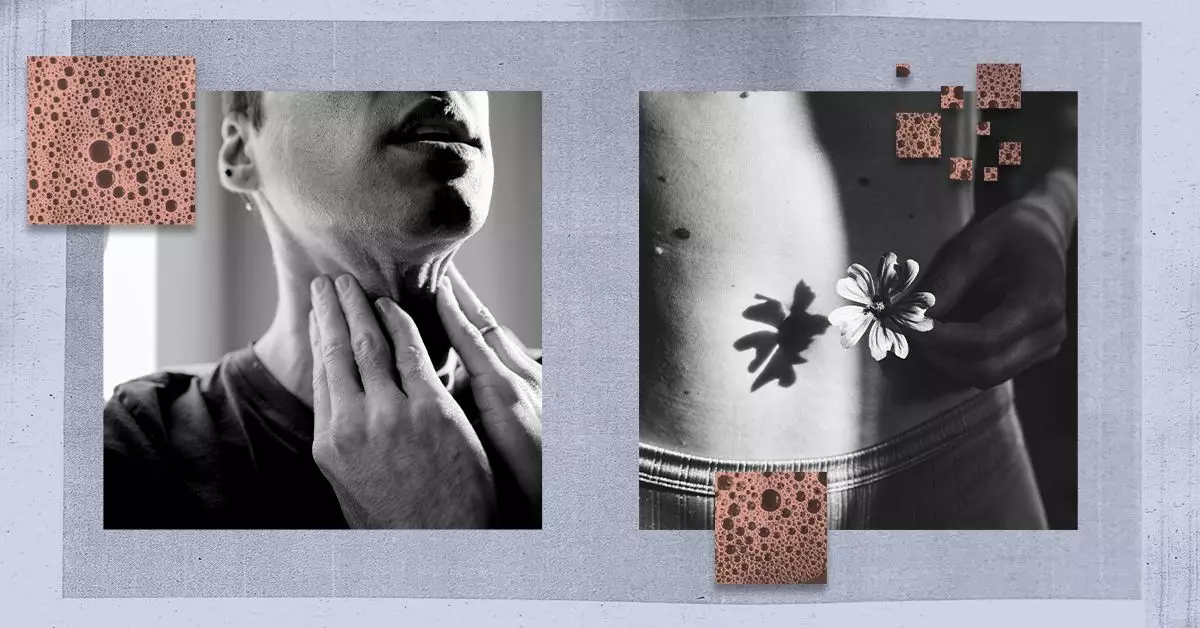Esophageal and stomach cancers present significant health challenges as they affect critical components of the gastrointestinal (GI) tract. While these cancers target different regions, they share commonalities that warrant greater awareness. The esophagus, which connects the throat to the stomach, is particularly vulnerable to malignant transformations. The cancers typically observed within this section include squamous cell carcinomas and adenocarcinomas. The former commonly takes root in the upper areas of the esophagus, while the latter predominantly appears closer to the stomach. Conversely, stomach cancers are largely adenocarcinomas, primarily manifesting either at the gastric cardia—at the junction of the esophagus and stomach—or throughout various segments of the stomach.
This complexity is further complicated by the emergence of gastroesophageal junction tumors, which demonstrate just how integrated these two organs are. To truly tackle the specter of these diseases, it is imperative to delve into their symptoms, risk factors, diagnostic techniques, and available treatments, as well as to develop a strategy for prevention.
Recognizing the Signs: Symptoms that Matter
Symptoms often act as critical warning signals for the onset of cancer. For esophageal cancer, the manifestations can be subtle but telling; these may include persistent difficulty swallowing, unexplained weight loss, and lingering chest pain or discomfort, which may initially be misattributed to other benign conditions. When it comes to stomach cancer, the signs can be equally insidious, ranging from a feeling of fullness after small meals to nausea and unexplained fatigue.
Indeed, both cancers can exhibit overlapping symptoms that make keen observation essential. This overlap can delay diagnosis, emphasizing the importance of awareness and reporting changes in health to healthcare professionals. Ignoring these signs can lead to dire consequences, as early detection significantly enhances treatment efficacy.
Understanding Risk Factors: Identifying Vulnerabilities
A variety of risk factors elevate the chances of developing esophageal and stomach cancer. Socio-demographic elements are compelling; men face a higher risk compared to women, and age significantly impacts susceptibility, with older individuals being more vulnerable. Lifestyle choices, too, heavily contribute to risk profiles. Prolonged tobacco and alcohol use, coupled with poor dietary habits—especially the consumption of processed meats and an absence of fruits—compromise health further.
Specific pre-existing conditions can heighten risks. For instance, Barrett’s esophagus, caused by chronic gastroesophageal reflux disease (GERD), alters cell structure and can predispose individuals to esophageal cancer. Additionally, conditions such as obesity, HPV infection, and genetic factors like tylosis can compound risk.
When discussing stomach cancer, racial and ethnic backgrounds also play a role, with certain groups such as African Americans and Native Americans exhibiting higher incidences. Dietary habits, healthcare access, and occupational exposures to certain chemicals may also increase risks, indicating a multifactorial basis for the disease’s onset.
Diagnostic Approaches: The Path to Detection
In the realm of diagnosis, recognizing the signs is only the beginning. Healthcare providers typically initiate the diagnostic process through comprehensive medical histories and physical examinations. Blood and stool tests can provide initial insights, but advanced imaging—using techniques like MRI or CT scans—offers a more detailed view, often unveiling tumors or other abnormalities.
One of the most definitive procedures in cancer diagnosis is the biopsy, where tissue samples are examined for malignant cells. Endoscopy allows doctors to visualize the esophagus and stomach directly, thus facilitating the identification of precancerous or cancerous stages. Efficient diagnosis is key, as timely and accurate identification vastly improves treatment options and outcomes.
Innovative Treatments: Navigating Healing Paths
Treatment for esophageal and stomach cancer is influenced by numerous factors, including the cancer’s type, stage, and patient health. Surgical options remain a cornerstone of treatment; for localized cancers, resection of affected segments—whether it be part of the esophagus or stomach—can be curative. Chemotherapy and radiation therapy serve as adjuvant treatments, either preceding surgery to reduce tumor sizes or post-operatively to eliminate residual disease.
Emerging treatments like immunotherapy and targeted therapies represent exciting but complex frontiers in cancer management, aiming to refine and personalize cancer care. Notably, the field is moving towards integrated approaches that better match patients’ unique profiles with highly specific treatments.
Sound preventive measures can also play a crucial role in reducing risks. Avoiding tobacco and excessive alcohol, adhering to a healthier diet rich in nutrients, and remaining physically active constitute primary strategies that empower individuals in their health journey. While not all cancers can be prevented, proactive health behaviors create pathways to resilience against these life-altering diseases.
A Call to Awareness: The Future with Knowledge
Ultimately, understanding esophageal and stomach cancers goes beyond the confines of medical jargon. It involves cultivating a community of awareness and vigilance. By dispelling myths, encouraging open discussions about symptoms, and highlighting the importance of lifestyle adjustments, we can equip ourselves and others to face the realities of these cancers more powerfully. Early diagnosis and informed choices potentially transform the daunting narrative of cancer into one that champions resilience and hope. Integrating knowledge with action can change lives, making a profound difference in the fight against these formidable adversaries.

